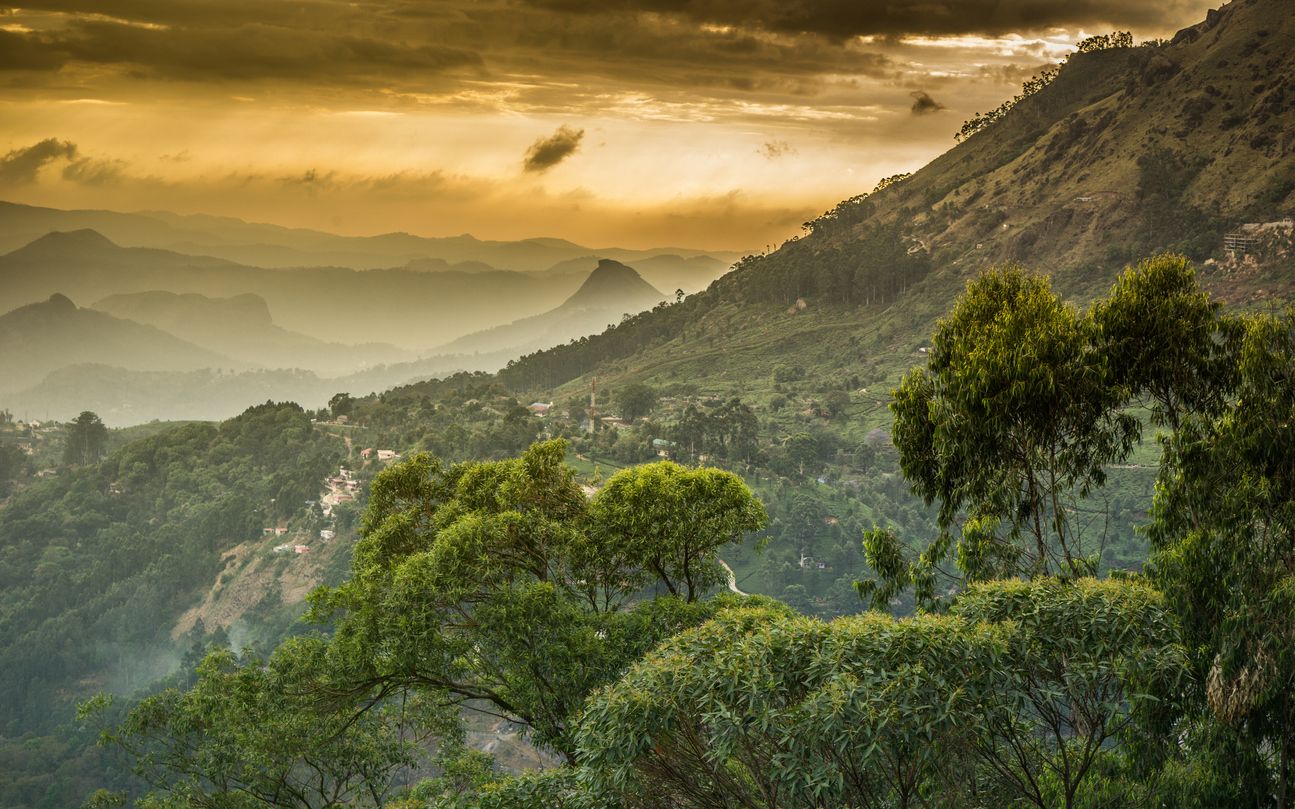
Green activists see red over move to set up hydel project in Western Ghats

Amid stiff opposition from environmentalists, the Karnataka government has in principle given nod to the proposed 2000MV Sharavathy pumped storage hydel power project that is likely to come up in the eco-sensitive zone in the Western Ghats.
The project located in Shimoga and Uttara Kannada districts of Karnataka, is one of the biggest in the country and falls under Seismic Zone III. It is in addition to the existing Sharavathy system consisting of Liganamakhi, Talakalale dam and Gerusoppa dam.
Also read: In search of water, space, Western Ghats elephants stray out of forests
The project area falls under the extended area of Sharavathy Wildlife Sanctuary (within 3 kms from the sanctuary). It will impact the flora, fauna and wildlife in the natural habitat spread of over an area of 431.23 kms with dense evergreen and semi-evergreen forests.
Besides Malabar giant squirrel, otter, pangolin, black panther and porcupine, the endangered species of lion tailed macaque finds shelter in this forest. The project is expected to include 50 hectares of land in the Sharavathi Valley Lion-tailed Macaque Sanctuary.
The state government has currently sought Centre’s approval to enter the Sharavathy valley’s Lion Tailed Macaque Sanctuary to carry out a geo-technical investigation in the forestland in Sagar and Honnavar forest divisions. Once the survey is taken up, depending on the findings, the project can be implemented. The Karnataka Power Corporation Ltd will conduct the survey.
The government, however, claims the project layout has been prepared in such a way that it is completely underground and will not impact the wildlife in the region.
Green activists see red
However, environmentalist Akhilesh Chipli, general secretary of Save Wild Atmosphere, Nature and Man said the project could sound a death knell for Sharavathy river. He said the government should focus on promising solar energy and energy efficient devices instead.
The feasibility report of the project states that the concentration of molecules was observed to be well below the permissible limits specified for drinking water purposes.
About 24 small villages comprising of 1 to 10 houses are also located in the sanctuary area where perennial water source and deep soil is in abundant. People living inside the sanctuary are dependent on the forest for meeting their fuel, fodder, small timber and other inevitable forest produces required for their living.
As per section 29 of the Wildlife Protection Act, no person shall be permitted to destroy, exploit, remove or divert the habitat of any wild animal, unless it is necessary for the improvement and better management of wildlife therein.
This is not the first time the government is facing flak from environmentalists on its decision to lay hands on Western Ghats’ eco sensitive zones. The controversial Yettinahole project in the Netravati river basin that plans to draw water from two other tributaries — Kapila and Kumaradhara, which originates from the Western Ghats, faced similar resistance.

